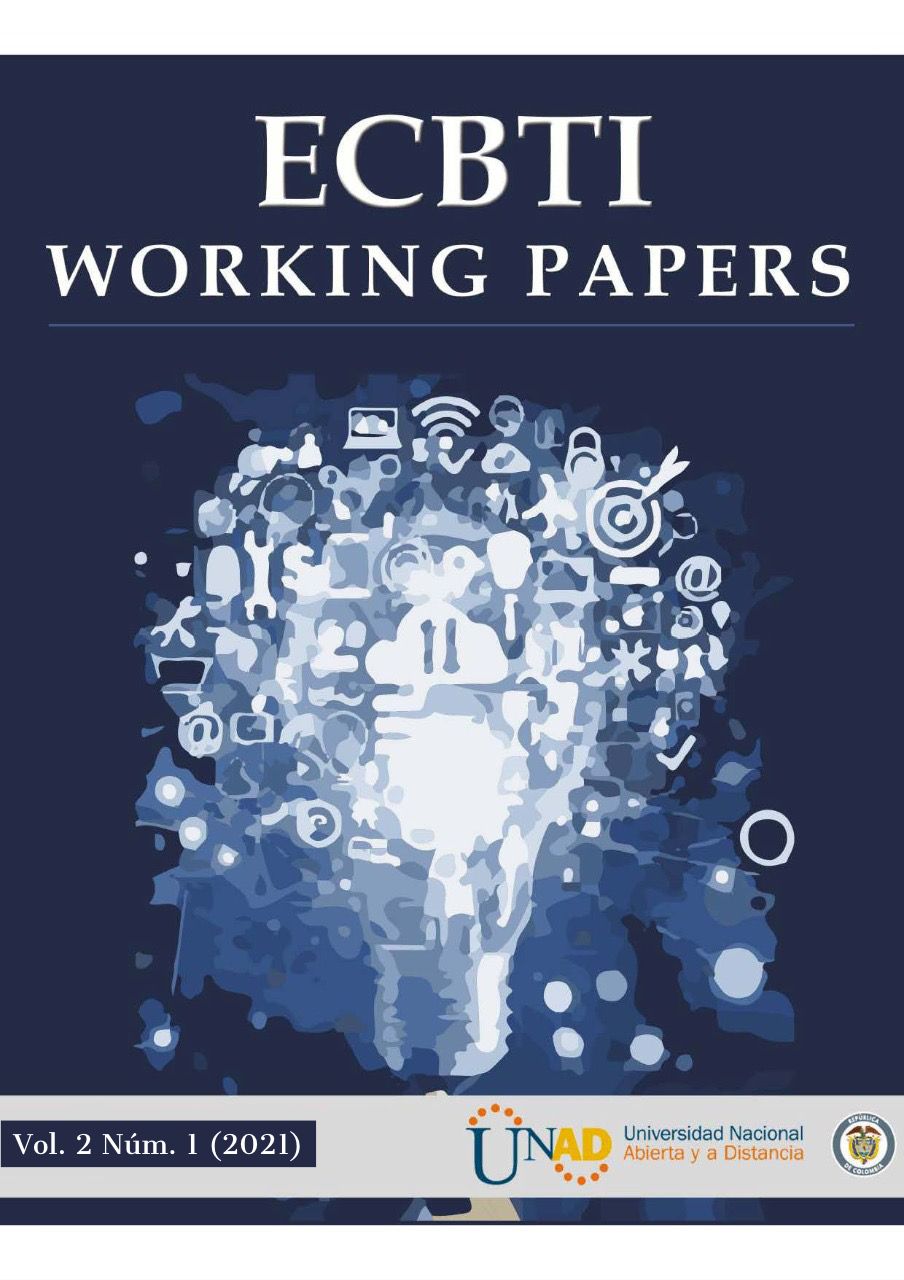E-book as a didactic and technological strategy for the teaching of conventional imaging and radiological anatomy for the program of Technology in Radiology and Diagnostic Images of the UNAD
The digital material available for the virtual courses can vary from PDF files, virtual learning objects, videos, online pages, depending on what each of the educational institutions and those in charge of content development can offer. The National Open and Distance University (UNAD) has at its disposal for its academic population an e-library that aims to strengthen training through the use of technologies, by which tutors use the databases available to share the information required by their students in learning the skills established in virtual courses. However, for some new programs and courses offered at UNAD, there are still problems to find related content and therefore tutors and student students do not have access to reference materials to complement their professional training, which facilitate their practical performance in real environments. As is the case for those who study technology in radiology and diagnostic images, especially in the interpretation of radiological anatomy and the projections of conventional radiology. In such a way that it is proposed to develop a didactic and interactive strategy through the construction of an e-book, which allows access to reference material not available in the e-library of the university, thus supporting its training processes. Implementing a strategy like this, beyond providing a solution to the difficulties in the learning of the students of the career, represents a step forward for the University in technological matters, since by using these tools, space is opened for innovation, extension of knowledge and improvement of the profile of professionals in radiology.






